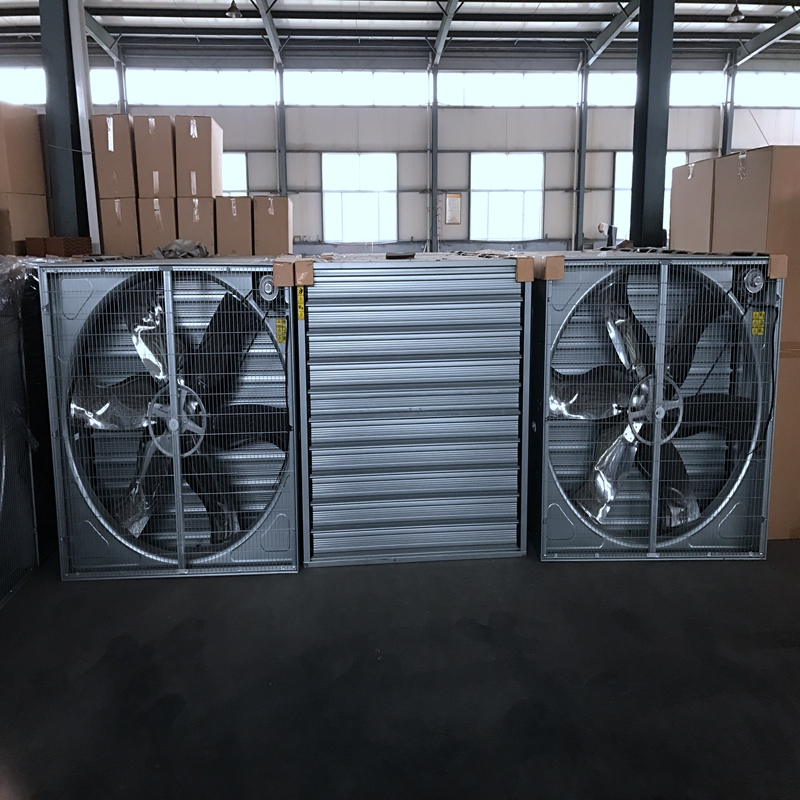Feed Pellet Machine for Efficient Animal Nutrition Production
Desemba . 13, 2024 05:05 Back to list
Feed Pellet Machine for Efficient Animal Nutrition Production
Understanding Feed Mill Pellet Machines The Key to Efficient Animal Nutrition
Feed mill pellet machines play a crucial role in the agricultural industry, particularly in the production of high-quality animal feed. As livestock farming and aquaculture continue to grow, the demand for efficient and effective feed production methods is more important than ever. This article delves into the significance of feed mill pellet machines, their benefits, and the factors to consider when selecting the right equipment.
What is a Feed Mill Pellet Machine?
A feed mill pellet machine is a device designed to convert raw feed ingredients into pellets, which are dense, uniform particles that facilitate easier handling, transportation, and storage. These machines utilize a combination of heat, moisture, and pressure to transform mash feed into pellets. The final product is not only more palatable for animals but also more digestible, ensuring better nutrient absorption.
Benefits of Using Pelletized Feed
1. Enhanced Nutritional Value Pelletizing feed improves its nutritional profile. The process helps in breaking down fiber and releasing nutrients, making them more bioavailable to the animals. Nutrients such as proteins, vitamins, and minerals are better utilized by the livestock, leading to improved growth rates and productivity.
2. Reduced Feed Waste Pellets are denser and less dusty than mash feed, which minimizes feed wastage. Livestock are less likely to selectively eat, ensuring they consume a balanced diet. This can contribute to healthier animals and ultimately boost profits for farmers.
3. Improved Feed Storage Pellets have a longer shelf life compared to loose feed. Their compact nature reduces storage space requirements and makes them less susceptible to spoilage and contamination.
4. Ease of Transportation Pelleted feed is easier to transport due to its uniform size and weight. This efficiency can lead to lower transportation costs and improved logistics for feed suppliers and farmers alike.
5. Pellet Durability Well-made pellets are strong and less likely to crumble during handling. This durability means that farmers receive their feed in a consistent form, which is crucial for uniform distribution.
feed mill pellet machine

Selecting the Right Feed Mill Pellet Machine
Choosing the appropriate feed mill pellet machine involves several key considerations
1. Capacity The production capacity of the machine should match the scale of your operation. Whether you're a small farm or a large commercial producer, there are pellet machines available in various sizes to meet specific production needs.
2. Type of Raw Materials It's essential to consider the types of feed ingredients you plan to use. Some machines are better suited for certain materials, such as grains, oilseed cakes, or fishmeal. Understanding compatibility with your feed components can greatly enhance the efficiency of production.
3. Energy Source Feed mill pellet machines can be powered by electricity or diesel engines. Analyzing the energy availability and cost in your area can help you choose the best option for your operation.
4. Ease of Operation and Maintenance Look for machines that are user-friendly, allowing for straightforward operation and minimal downtime. Additionally, consider maintenance requirements, as ease of cleaning and servicing can impact long-term costs.
5. Price and Warranty The cost of a feed mill pellet machine varies widely based on its capabilities. It's essential to find a machine that fits your budget while also offering good warranty support to safeguard your investment.
Conclusion
In summary, feed mill pellet machines are indispensable tools in modern animal husbandry. They not only enhance the nutritional quality of feed but also optimize efficient feed utilization, reduce waste, and simplify storage and transportation. When selecting a pellet machine, it’s vital to consider your specific needs, including capacity, raw materials, energy sources, and overall cost. By investing in the right equipment, farmers can improve animal health and productivity while contributing to the sustainability of food production systems worldwide.
-
High Performance Exhaust Fan – Efficient Ventilation Solutions for Home
NewsJun.10,2025
-
High-Quality Gestation Pen for Sows Durable Mobile Pig Pen & Simple Pig Pen Solutions
NewsJun.10,2025
-
High Quality Rabbit Cage Double Tier Designs & Welded Wire Mesh Supplier
NewsJun.10,2025
-
Floating Fish Feed Machine - High Efficiency Floating Fish Feed Extruder for Small Scale Production
NewsJun.10,2025
-
Premium Poultry Housing Solutions Mobile & Commercial Free Range Options
NewsJun.10,2025
-
Industrial FRP Fans Corrosion-Resistant Blades & Centrifugal Systems
NewsJun.09,2025






